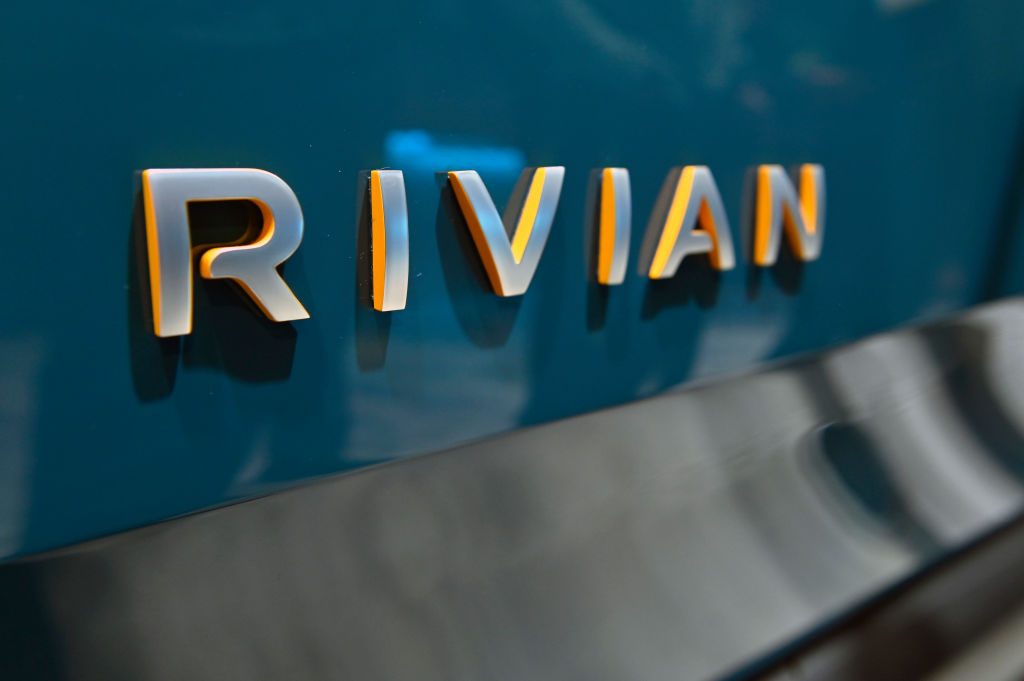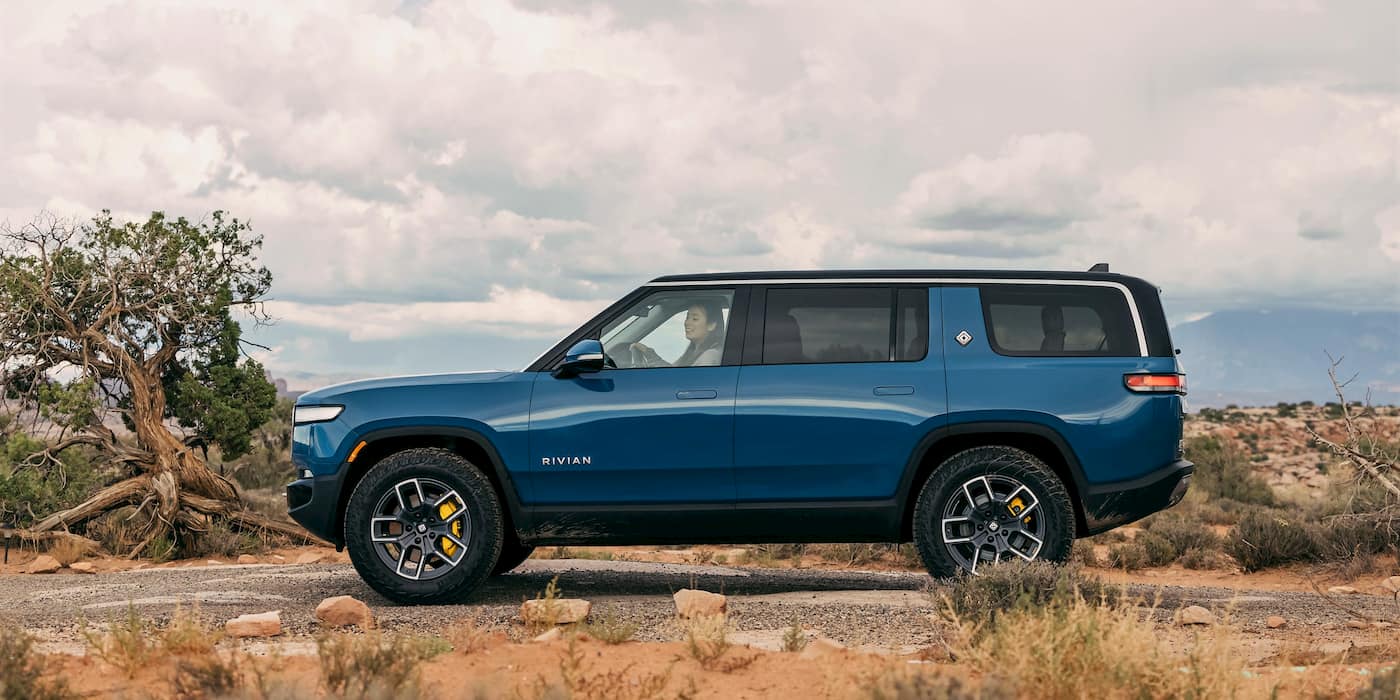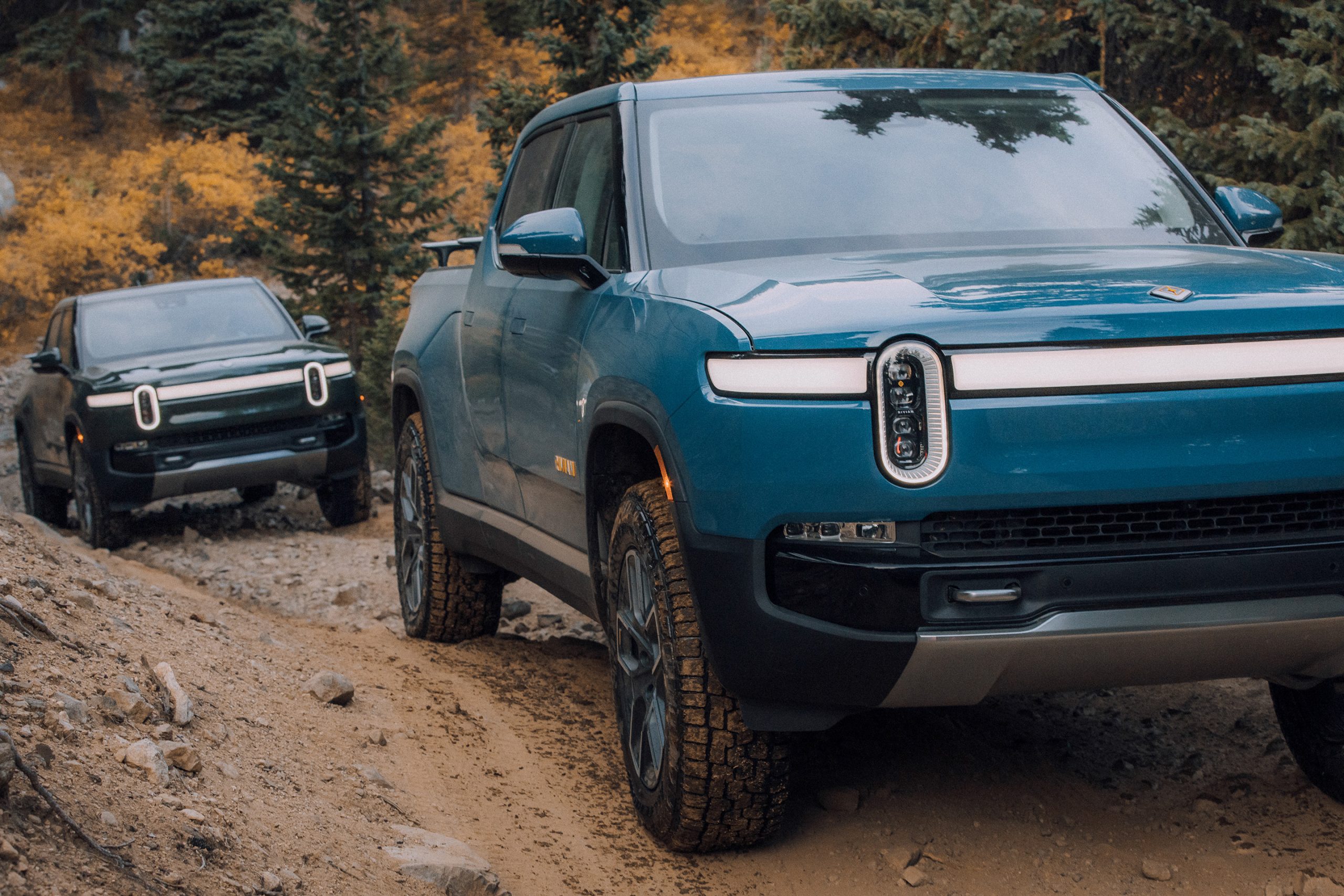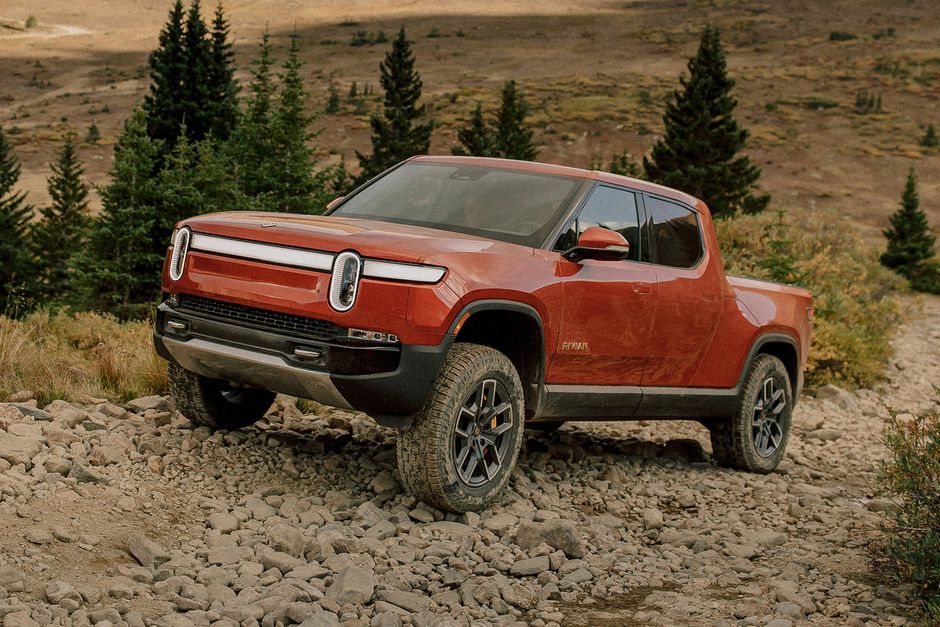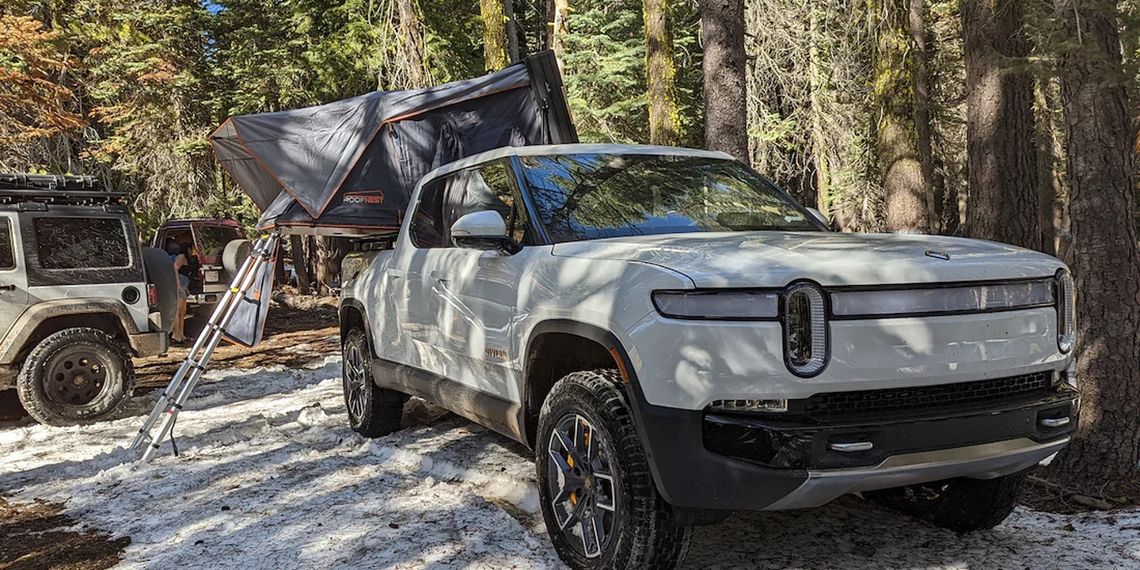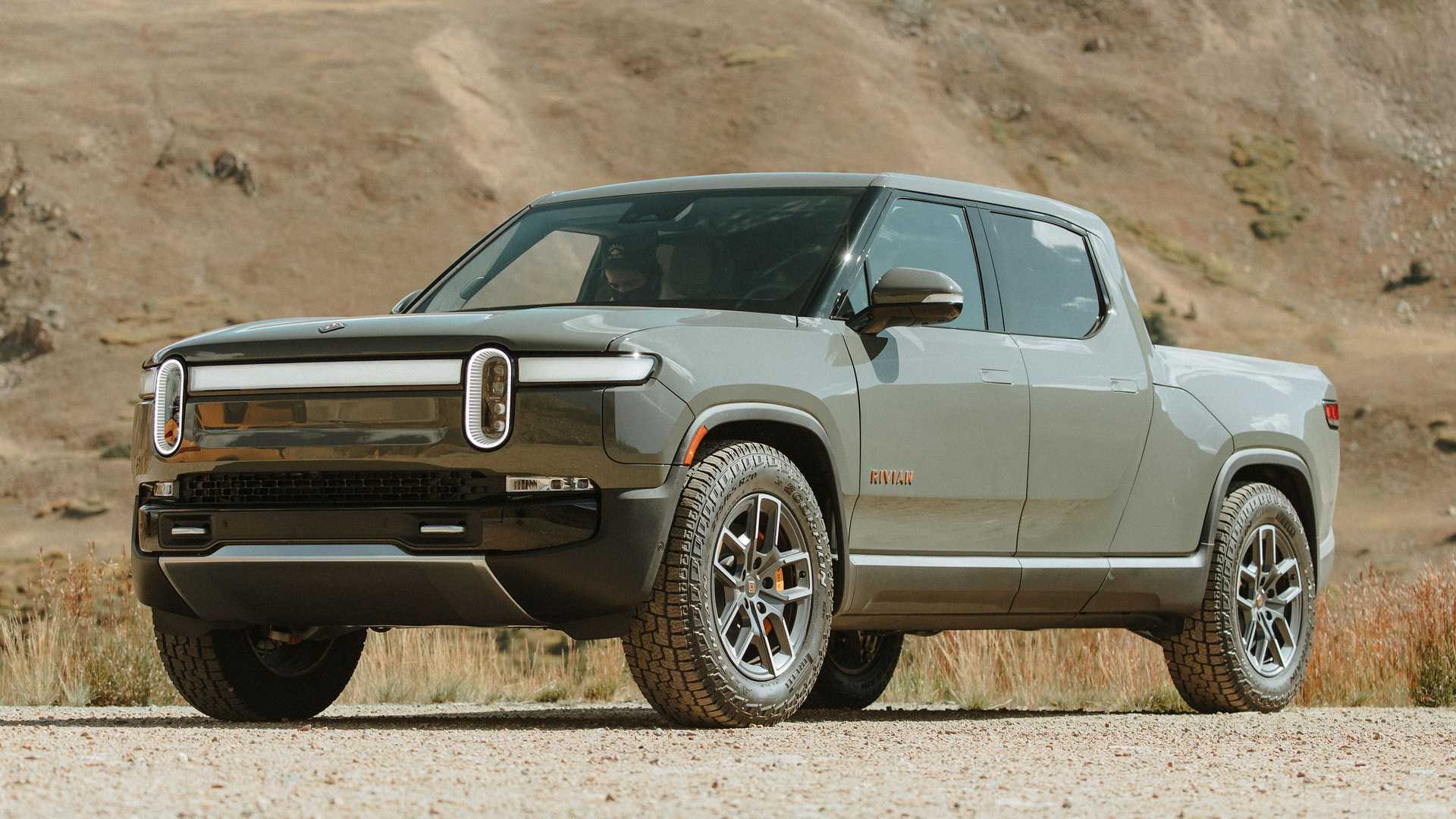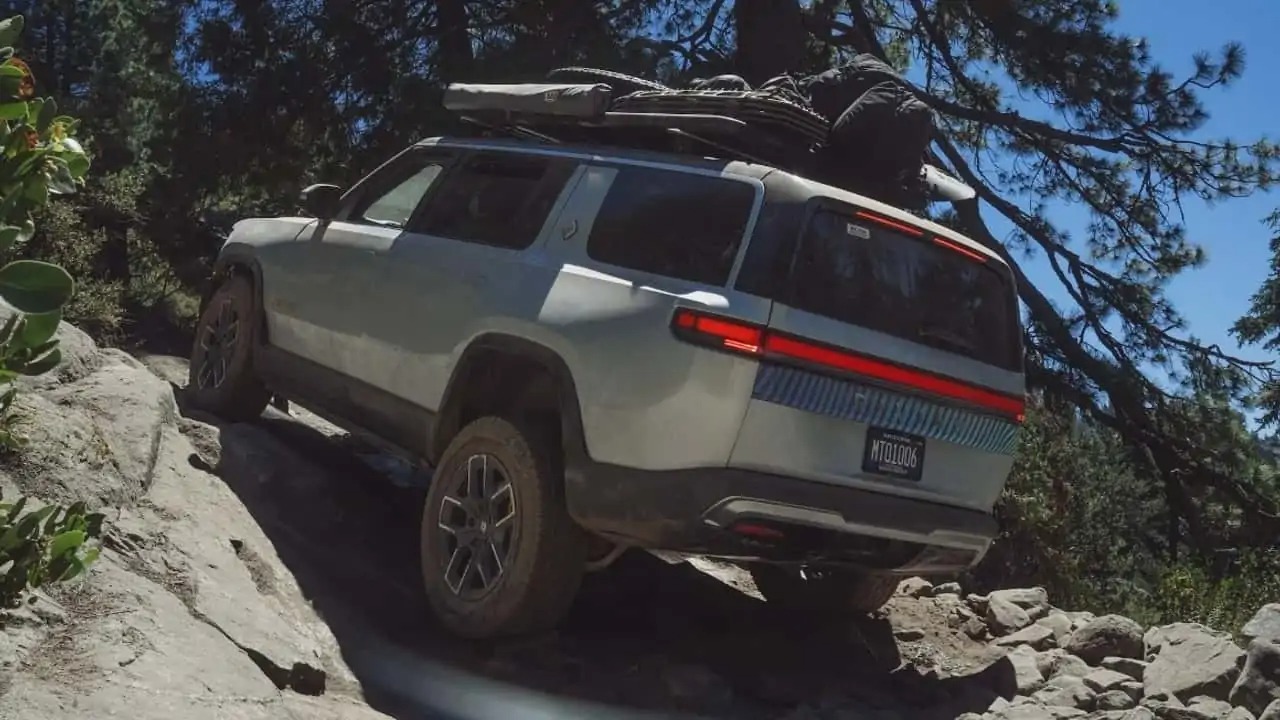During the quarterly conference call held yesterday, Rivian’s CEO RJ Scaringe provided a comprehensive overview of the forthcoming R2 platform, shedding light on the R2 vehicles, their innovative architecture, and the anticipated production schedule.
In terms of timelines, Scaringe affirmed that the R2S compact crossover is on track for its much-anticipated debut in early 2024. Furthermore, the production gears are set to start turning in 2026 at Rivian’s recently established manufacturing facility in Georgia.
See also: Rivian to Reach Profitability in 2024 and Launch Cheaper R2 Model in 2025
The spotlight, however, was on the platform itself, as Scaringe revealed Rivian’s intentions to undertake a transformative network architecture upgrade, evoking reminiscences of Tesla’s strategic approach. By streamlining the electronic control units (ECUs) by a staggering 60% and trimming the length of wiring harnesses by 25%, Rivian is poised to achieve heightened efficiency and cost-effectiveness. Diverging from the conventional use of off-the-shelf components, the company is charting a course to design specialized in-house components, thereby facilitating the consolidation of ECUs within distinct vehicle zones.
This strategic pivot towards in-house designed zone ECUs empowers Rivian to wield greater authority over the software stack. A notable boon to this approach is the seamless integration of customer feedback into the development process. Software expert Wassym Bensaid, during the Q&A session, highlighted the company’s commitment to incorporating customer insights into their software evolution, though the absence of Apple CarPlay support—despite popular demand—stood as a notable exception.
Forecasts suggest that this architectural overhaul holds the potential for substantial cost savings, with Scaringe tentatively projecting these savings to be “thousands of dollars per vehicle.” The upgraded network architecture is poised to make its debut in the R1 platform in 2024 before being seamlessly integrated into the R2 lineup. This strategic step positions Rivian favorably for competitive pricing, squarely pitting the upcoming R2 vehicles against established contenders like Tesla’s Model 3 and Model Y. Rivian has previously indicated a price range target of US$40,000 to US$60,000.
Scaringe further expounded on the resulting impact of this network architecture refinement, revealing a novel body design brought about by the simplification of electronics and network architecture. This innovative stride closely resonates with Tesla’s megacasting strategy, underscoring the paramount importance of forward-thinking production techniques to retain cost-competitiveness within the ever-evolving electric vehicle domain.

